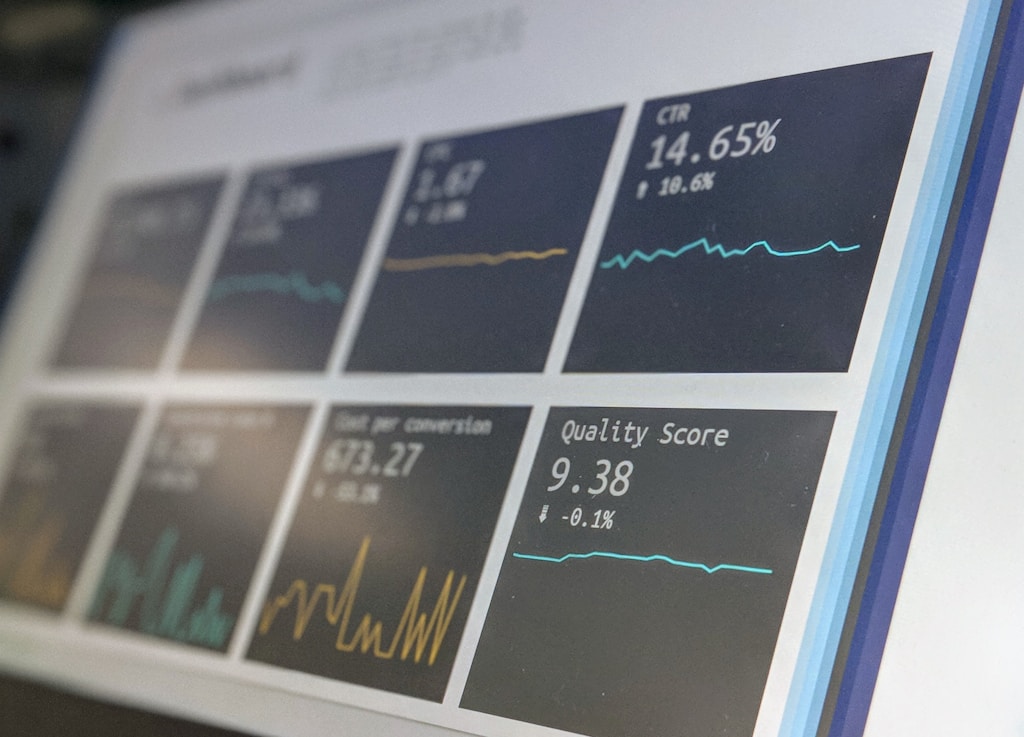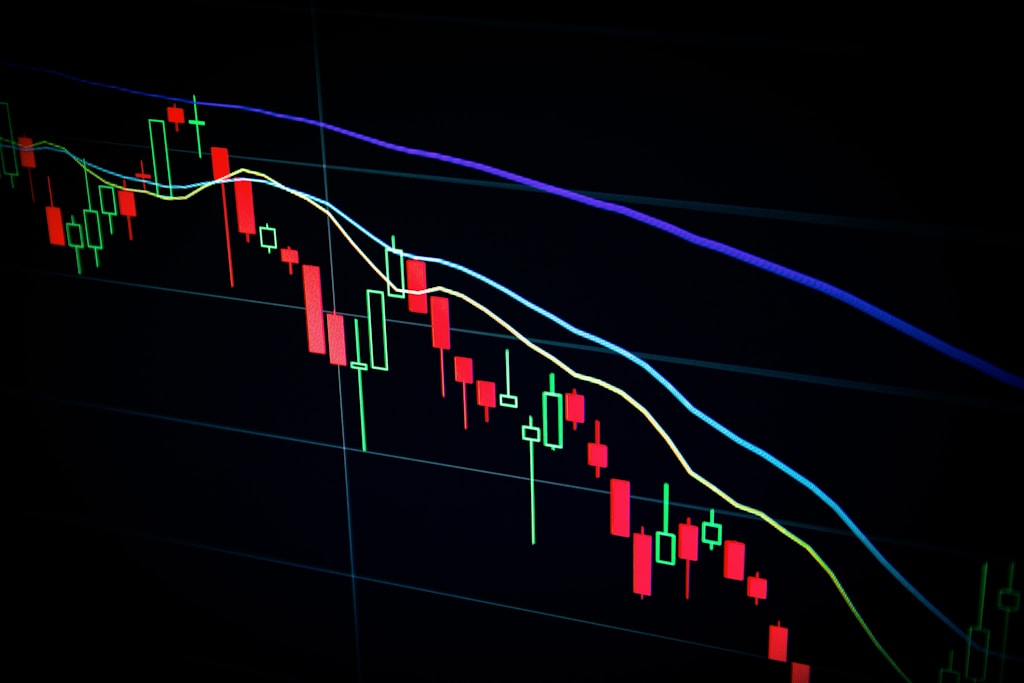Bitcoin’s network processing power has experienced a significant downturn, dropping by 75 exahash per second (EH/s) following a record-breaking peak of 943 EH/s on May 31, 2025. This dramatic shift in hashrate dynamics comes amid Bitcoin’s price stabilization around $104,000, highlighting the complex relationship between mining difficulty and network security.
Understanding the Recent Hashrate Fluctuation
The Bitcoin network’s computational power has demonstrated remarkable volatility in recent weeks. Here’s what you need to know:
- Peak Performance: 943 EH/s recorded on May 31, 2025
- Current Decline: More than 75 EH/s reduction
- Impact on Block Times: Notable slowdown in transaction processing
Mining Economics Under Pressure
The substantial decrease in hashrate suggests miners are facing increased operational challenges. This development occurs as Bitcoin tests crucial price levels between $100,000 and $120,000, affecting mining profitability calculations.
SPONSORED
Maximize your trading potential with up to 100x leverage on perpetual contracts
Technical Analysis: Network Health Indicators
| Metric | Previous | Current |
|---|---|---|
| Network Hashrate | 943 EH/s | 868 EH/s |
| Mining Difficulty | All-time high | Adjustment expected |
| Block Time | 10 minutes | Increased |
Expert Insights and Market Impact
Mining analysts suggest this hashrate reduction could trigger a difficulty adjustment, potentially stabilizing network metrics in the coming weeks. The situation underscores the self-regulating nature of Bitcoin’s mining ecosystem.
Frequently Asked Questions
What causes Bitcoin hashrate fluctuations?
Hashrate variations typically result from changes in mining profitability, electricity costs, and hardware deployment cycles.
How does hashrate affect Bitcoin security?
Higher hashrates generally indicate stronger network security, while significant drops may temporarily impact transaction confirmation times.
Will this affect Bitcoin’s price?
Historically, hashrate fluctuations have shown limited direct correlation with price movements, though they can influence market sentiment.





